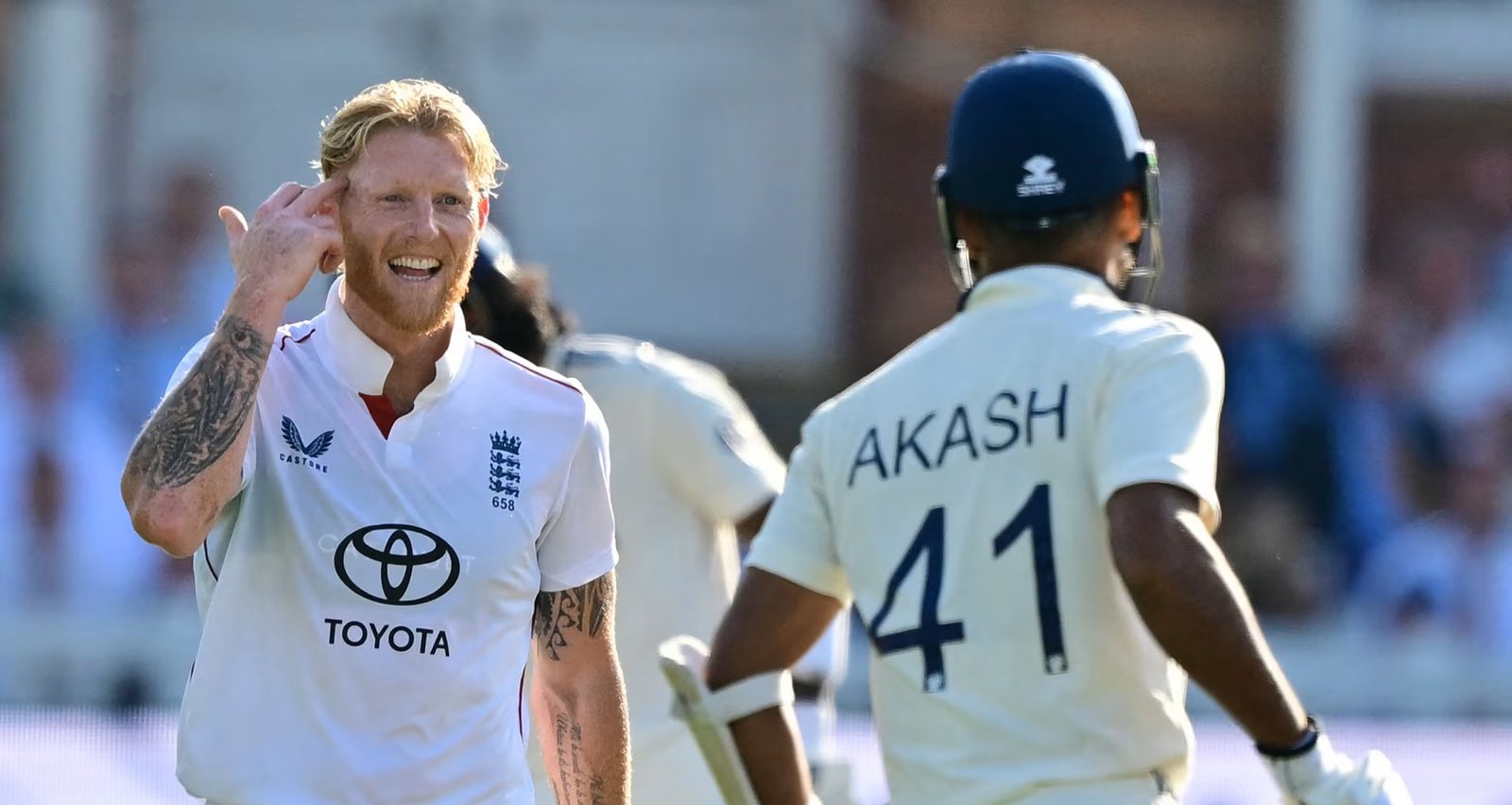Photo Credit: Cricket Times
Ben Stokes’ bowling first decision during the recent Headingley Test may have sparked debate, but it underscores a broader trend in world cricket—the growing prominence of spin bowling in modern Test strategy.
Reassessing the Toss: Stokes’ Gamble and the Spin Factor
When England captain Ben Stokes chose to bowl first at Headingley, it wasn’t just a hunch. It followed a familiar pattern—Stokes has now elected to field first 11 times as skipper, winning seven of those matches. The decision was rooted in Headingley’s reputation for early seam movement and a strong record for fourth-innings chases.
However, the gamble didn’t pay off this time. India posted a commanding 359 for 3 on day one, exposing England’s misreading of pitch and weather conditions. Under sunny skies, the expected swing failed to materialise, and the pitch began to show signs that it could deteriorate—conditions that might ultimately favour spinners.
Spin’s Resurgence Across Continents
The Headingley scenario highlights how captains must increasingly factor in the role of spin bowling when making tactical decisions. Spin, once considered a secondary weapon outside the subcontinent, is now a defining factor even in traditionally seam-friendly conditions.
In England, 17-year-old Farhan Ahmed, younger brother of Rehan Ahmed, is already being hailed as the country’s most promising spin talent. With 35 first-class wickets in just 10 matches, Farhan represents the new generation of English spinners who are being groomed for all conditions.
Meanwhile, Australia’s Matthew Kuhnemann was recently cleared after undergoing biomechanical testing for a suspected illegal action. His return bolsters Australia’s spin arsenal, showing how seriously nations are investing in the development and regulation of spin talent.
Global Spin Metrics: Breaking the Pace Monopoly
The narrative that pace bowling dominates Test cricket is increasingly being challenged. Since 2022, Sri Lanka’s Prabath Jayasuriya has led the way with a record number of bowled dismissals by a spinner, showing how slow bowlers are now outthinking batters with drift, dip, and turn.
India’s Ravichandran Ashwin, one of the modern era’s most successful spinners, continues to confound batters with over 537 Test wickets. His mastery of variations and sharp cricketing brain is an example of how spin has become not just viable, but vital, in all formats and conditions.
Emerging star Kuldeep Yadav is another key figure in this shift. With 56 Test wickets at an average of just over 22, he combines wrist-spin flair with consistency—a combination many sides are now seeking in their bowling lineups.
Spin Duos and Game-Changing Partnerships
Another notable trend is the re-emergence of effective spin pairs. Pakistan’s duo of Noman Ali and Sajid Khan once claimed 39 wickets in a Test series, harking back to classic partnerships like Laker and Lock or Warne and MacGill. Such combinations can break through in all phases of a match, particularly when the pitch starts to wear.
Captains are now planning with longer-term pitch behaviour in mind, knowing that spin could become decisive on days three and four. Even in countries like England and Australia, where fast bowling has been king, teams are recalibrating their tactics to ensure they have match-ready spinners.
Toss Decisions: Spin Adds Complexity
Choosing to bowl first used to be about exploiting seam and swing. But as spin gains more influence, toss decisions are becoming more complex. Captains must consider not just conditions on day one but how the pitch will evolve. If a spinner can exploit footmarks or dry patches late in the game, the timing of when to bowl or bat becomes critical.
Ben Stokes’s decision at Headingley, therefore, isn’t just a case of aggressive instinct—it also reflects Test cricket’s changing dynamics. While the gamble didn’t pay off this time, it’s part of a broader recalibration where spin is now a strategic focal point rather than an afterthought.




